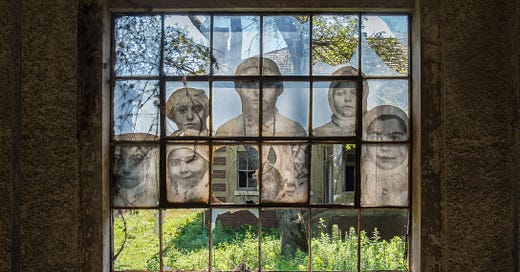In the city 🌃 of broken windows🪟
Our fractures become fractal, breaking bigger and bigger windows.
We weren’t expecting a knock on the door from our next-door neighbour on New Year’s Day. It was pouring with rain, and said rain was pouring into the boot of our car, with the window smashed. Thanks for letting us know. Annoying, inconvenient and expensive. But just how expensive is a smashed window?
The ‘broken windows theory’, that visible signs of crime, antisocial behaviour and civil disorder begets more serious crimes, was introduced American sociologists James Q. Wilson and George Kelling.
This is not an academic theory. Where I live in London, it took the local council 1,315 days to replace a local resident’s broken window. The sense of decay extends beyond borders, with fewer than half the residents thinking they live on clean streets, with rubbish and weeds gone unchecked. It is also one of the worst boroughs in London for varying types of crime, and over the past few years often being the worst. It’s hard not to think the little things and the big things are linked.
… These problems can’t be solved by overstretched police or the council. Everyone’s responsible so no one’s to blame. Practical implementations of the broken windows theory have not been without controversy. But for those of us who live in urban environments, to look out from our homes is to see a city of broken windows. The impact is more than weeds ‘uprooting’ pavements: it’s an uprooted society.
📸 : Rhododendrites, CC BY-SA 4.0, Wikimedia Commons




